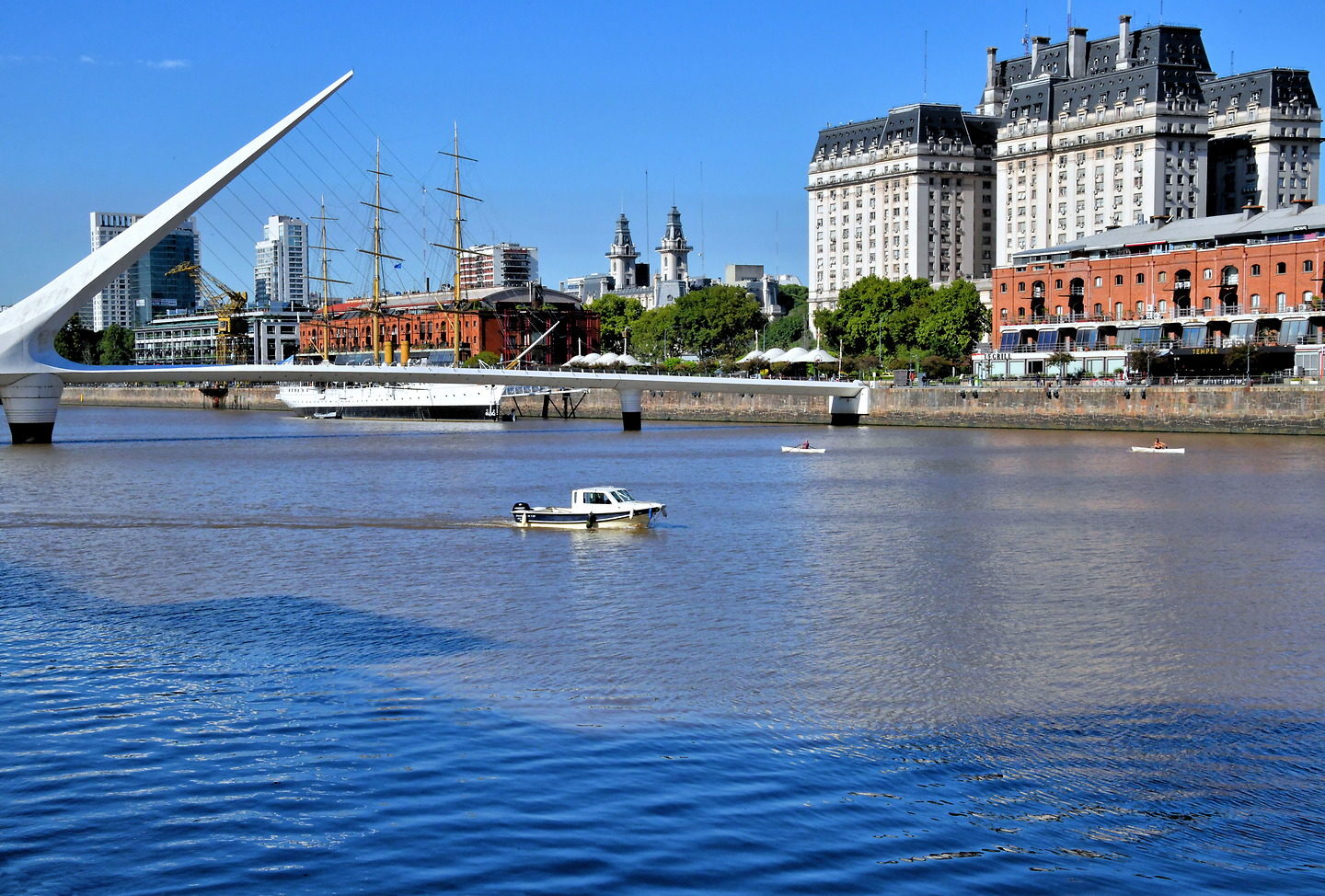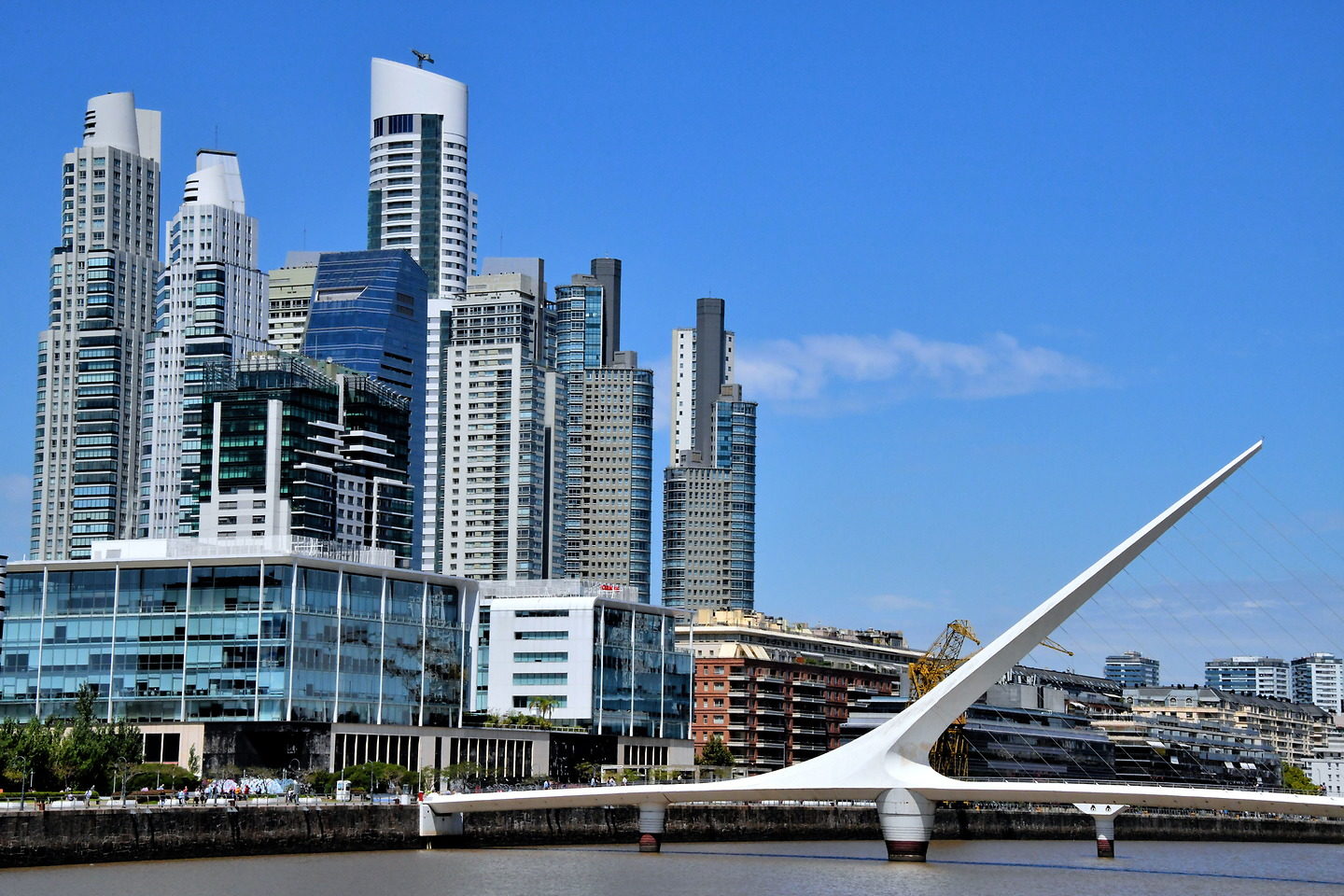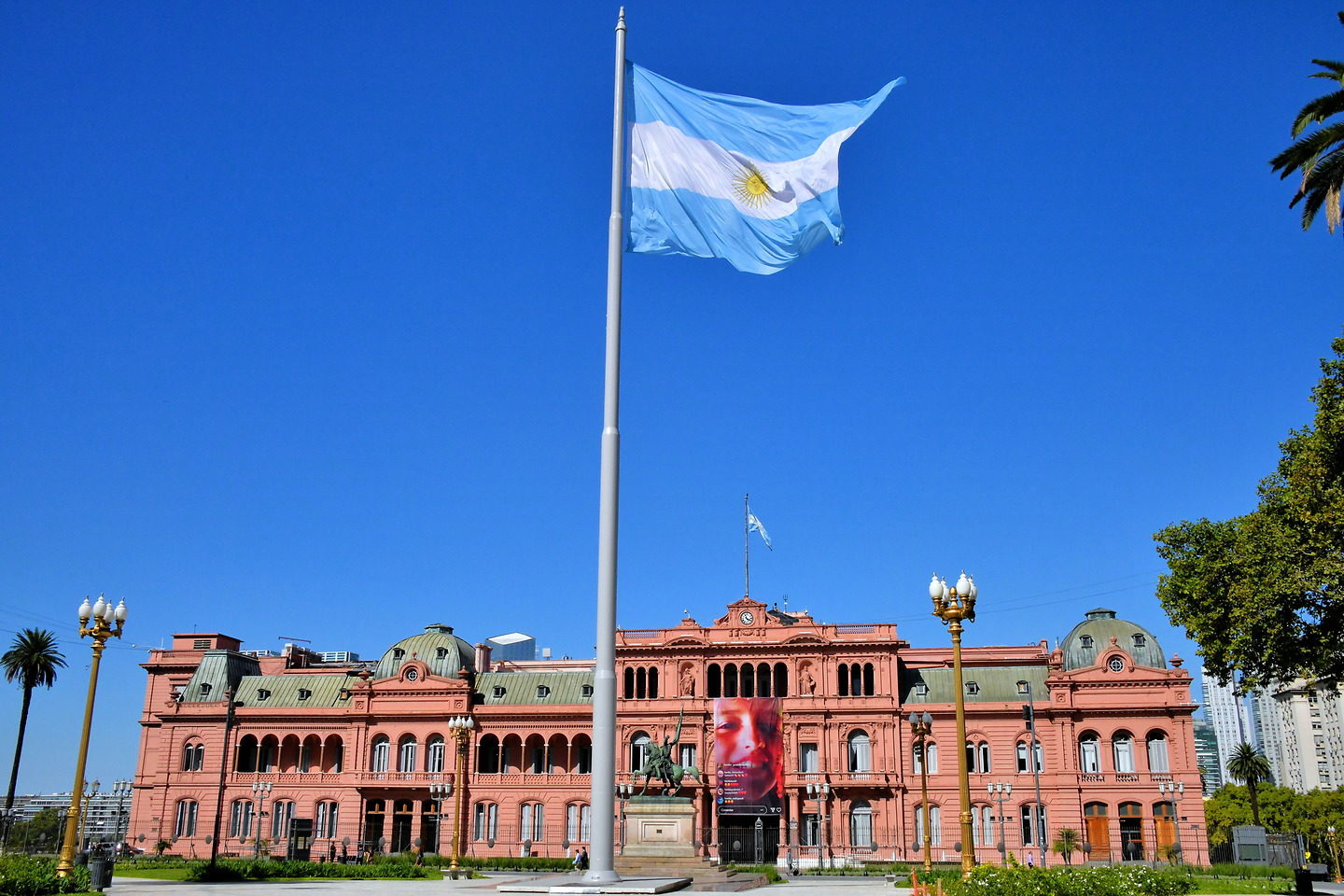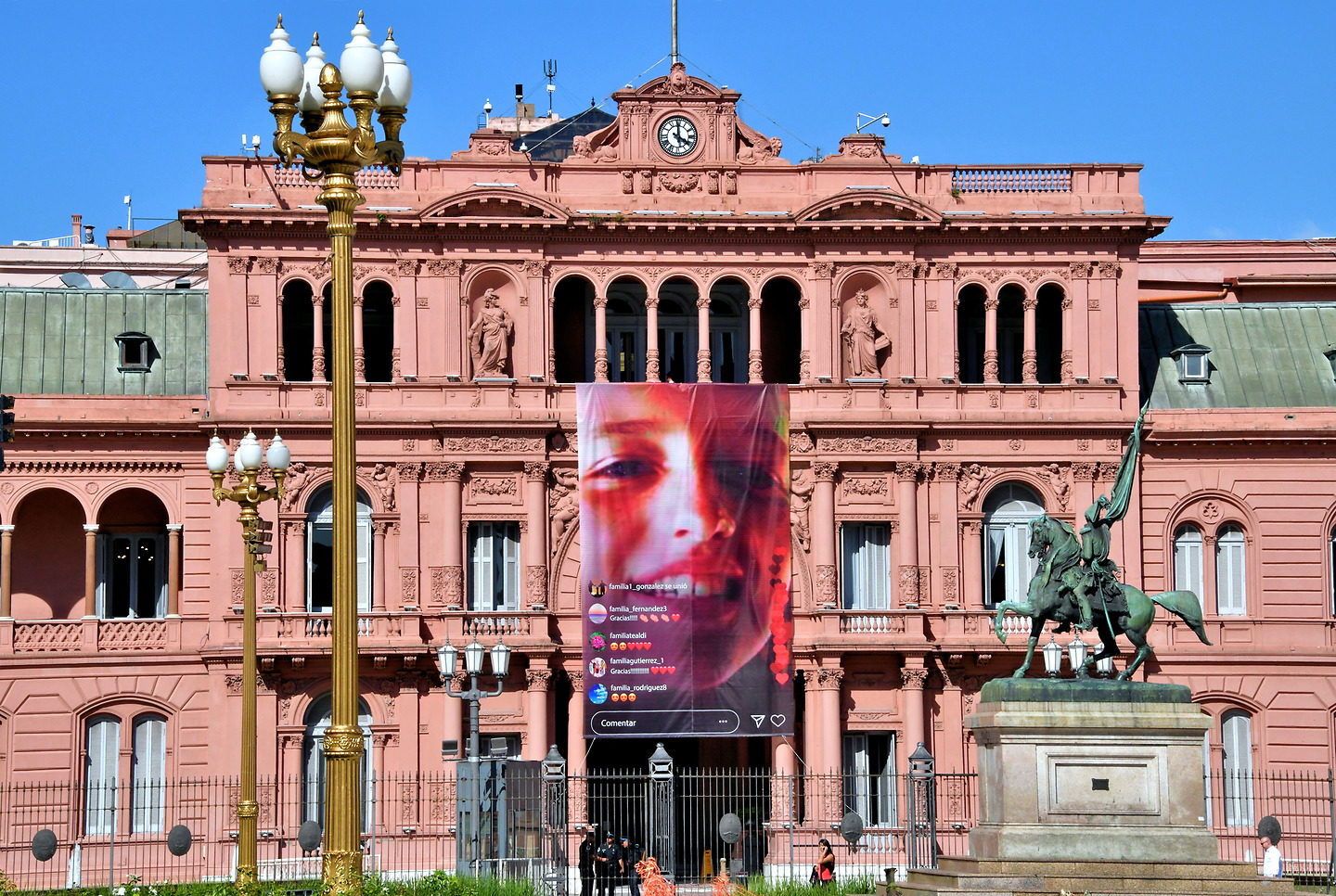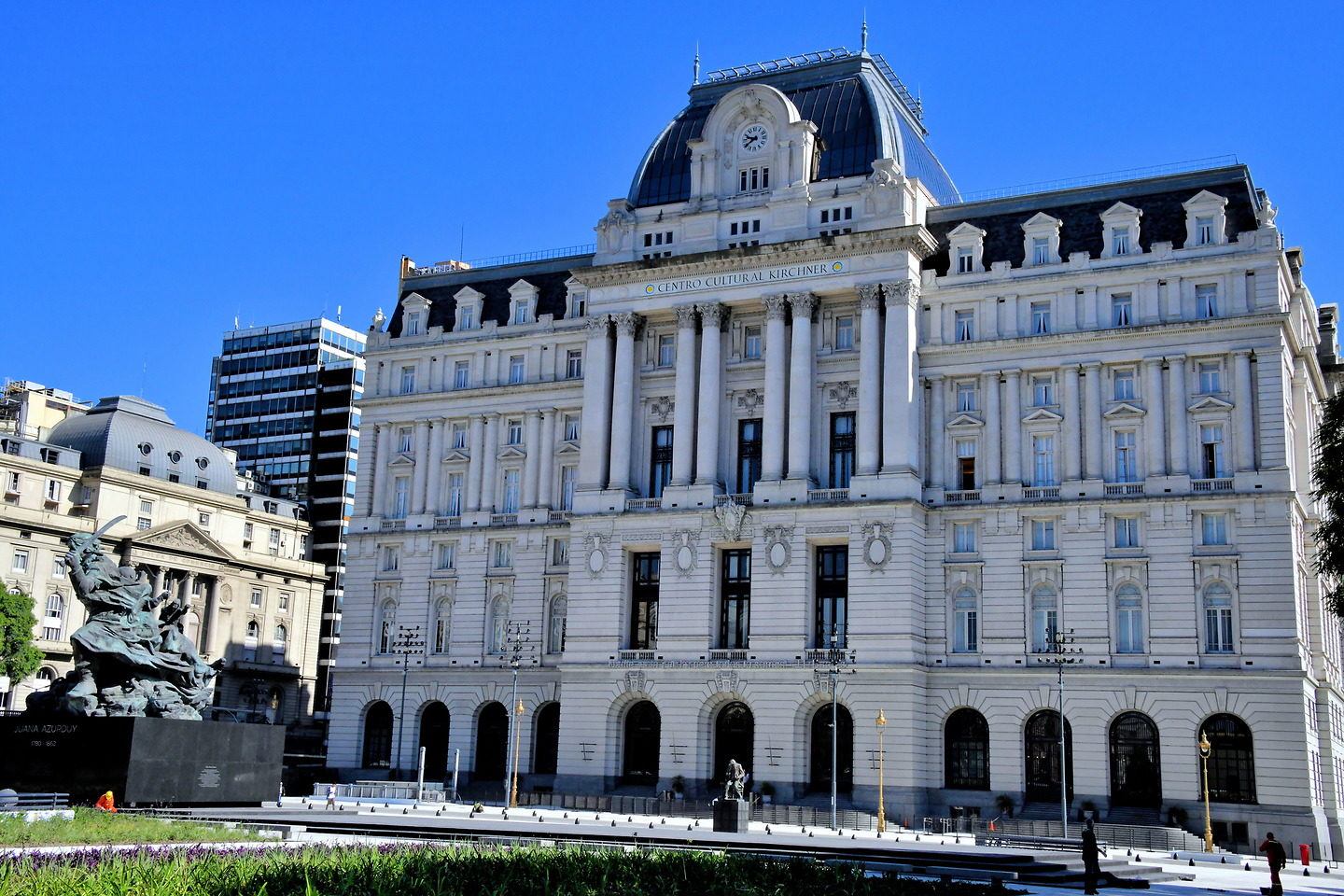Microcentro is the core of Buenos Aires. There is plenty of everything to interest, surprise and delight you: history, culture, shopping, dining, scenery and the tango are just a few. Start and return from your adventure along the riverfront. In between are memories waiting to be created.


